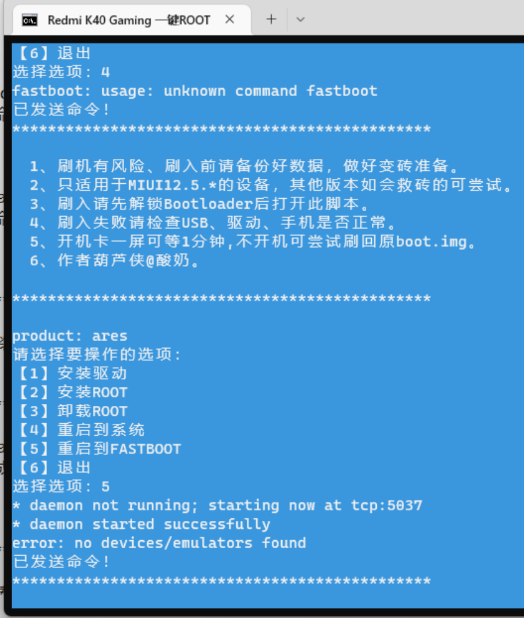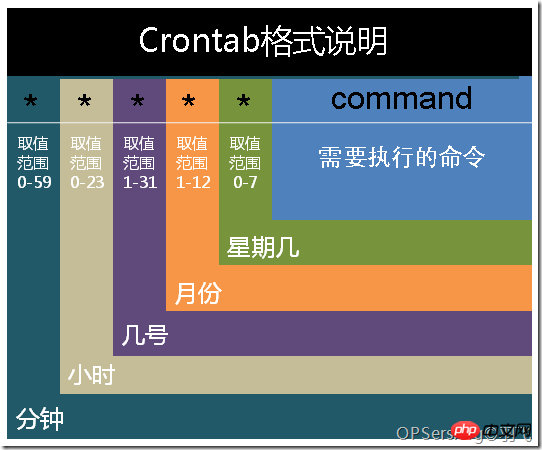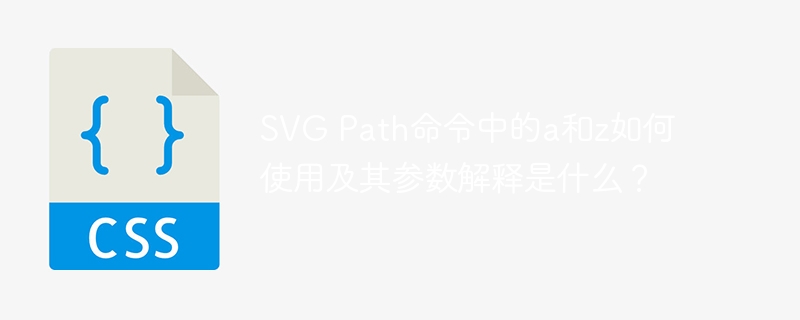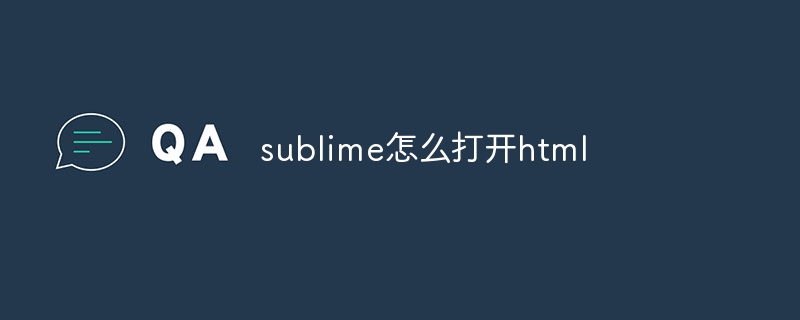
移动端固定头部和页脚布局的css实现
移动端页面设计中,实现固定头部和页脚,同时保证中间内容区域可滚动的布局,是常见且重要的需求。本文将探讨几种常用的css布局方法,帮助您轻松解决这个问题。
html结构示例
我们假设您的HTML结构如下(为了简洁,省略了具体的头部和页脚内容):
<div class="container"> <header class="header">固定头部区域</header> <main class="content">中间内容区域(可滚动)</main> <footer class="footer">固定页脚区域</footer> </div>
CSS实现方法
以下列举三种常用的CSS布局方法,并给出相应的代码示例:
- Flexbox布局: 这是目前推荐的最佳实践。
.container { display: flex; min-height: 100vh; /* 确保容器占据整个视口高度 */ flex-direction: column; /* 设置为垂直方向布局 */ } .header, .footer { position: sticky; /* 或 fixed,根据需求选择 */ top: 0; /* header */ bottom: 0; /* footer */ width: 100%; /* 添加其他样式 */ } .content { flex: 1; /* 占据剩余空间 */ overflow-y: auto; /* 允许内容区域垂直滚动 */ /* 添加其他样式 */ }
position: sticky 可以让元素在滚动到特定位置时固定,而离开该位置时恢复正常定位,相较于 position: fixed 更灵活。
立即学习“前端免费学习笔记(深入)”;
- position: fixed 和 calc(): 这种方法需要计算中间内容区域的高度。
.container { position: relative; /* 容器需要相对定位 */ min-height: 100vh; } .header { position: fixed; top: 0; width: 100%; /* 添加其他样式 */ } .footer { position: fixed; bottom: 0; width: 100%; /* 添加其他样式 */ } .content { padding-top: calc(var(--header-height)); /* 使用CSS变量动态计算顶部 padding */ padding-bottom: calc(var(--footer-height)); /* 使用CSS变量动态计算底部 padding */ overflow-y: auto; /* 添加其他样式 */ } :root { --header-height: 50px; /* 设置header高度 */ --footer-height: 60px; /* 设置footer高度 */ }
这种方法需要预先设定好头部和页脚的高度,并使用 calc() 函数动态计算中间内容区域的 padding。
选择哪种方法取决于您的项目复杂性和个人偏好。 对于大多数情况,Flexbox布局是更简洁、更易维护的选择。 记住根据您的实际设计调整样式。
© 版权声明
文章版权归作者所有,未经允许请勿转载。
THE END



















